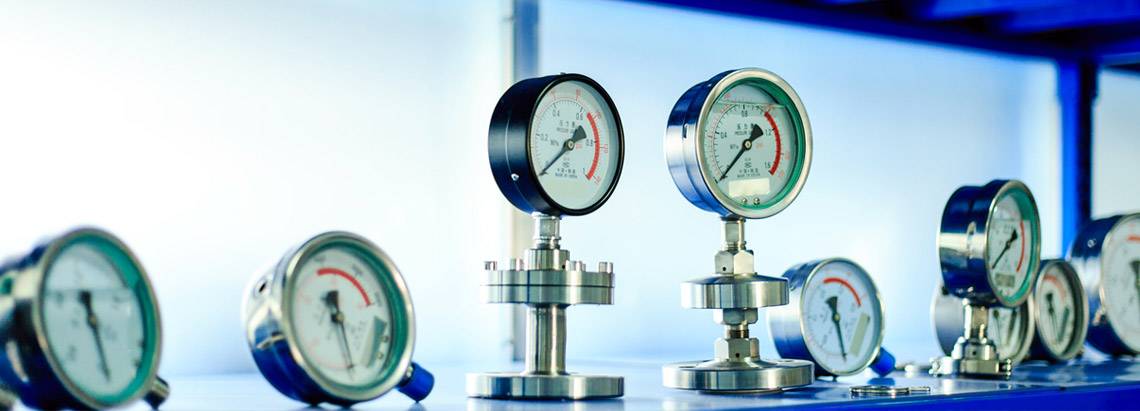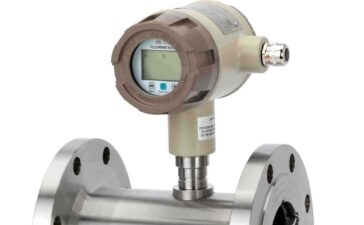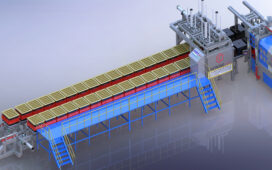The turbine flow meter is one of the most accurate flow meters available and as such is one of the most common in control applications such as oil housing transfer. High-priced products require very precise measuring devices. Although expensive digital turbine flow meters are found in control applications, there are many inexpensive mechanical alternatives for clean liquid applications. A turbine flow meter has a fairly simple design, a simple principle of operation, and easy installation and maintenance. Let me introduce you to this elegant device. Stay with me and find out how it works and where it can be implemented.
How does a turbine flow meter work?
The turbine flow meter has a relatively simple operating principle compared to other flow meters on the market. Basically, the flow meter uses mechanical movement within the meter to calculate the flow. Let’s take a closer look at that.
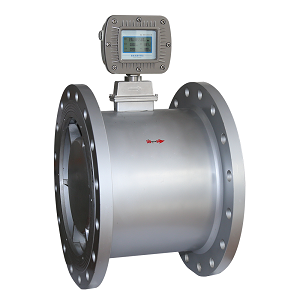
The turbine flow meter has a rotor with blades that are mounted on a bearing and are carried by a central axis inside the meter. As the tube flows, the kinetic energy of the product turns the rotor. The blades are made of a paramagnetic material. Then the externally mounted consumers generate a magnetic field in the tube without contact with the liquid. When the blades pass through this field, they, therefore, generate a voltage proportional to the speed, which can be used to calculate the flow. The recording signal can be sent to an external transmitter and converted into other types of communication. You can also read these pulses directly from the turbine flow meter without a transmitter using a preamplifier.
Measuring range of the turbine flow meter and other specifications
Let’s talk about the measurement range of the turbine flow meter. Turbine flow meters don’t measure flow from scratch. Minimal flow is required for the rotor to move and generate electrical impulses.
Generally, you will find turbines with a 10:1 reduction so you can apply this flow meter too small or large pipe. You can also purchase certain models to measure the flow of liquids or gases in control applications. However, the turbine flow meter has one nemesis: the change in viscosity. Measurements can become inaccurate if the product becomes thicker or thinner. However, it is possible to find flow meters that are designed to operate at low or high viscosity. However, some experts recommend using turbine flow meters less than 30 centipoises (cP) to avoid reducing the linearity of the flow meter. To understand more about the specifications of electronic turbine meter, go to the website https://www.silverinstruments.com.
Advantages & Disadvantages
- The costs are moderate.
- Excellent for cleaning.
- Low viscosity liquids with a steady rate and moderate speed.
- The reduction is very good as it can be very low compared to the maximum flow.
- They are reliable when placed in a clear liquid, especially if they contain some lubricant.
- AGA and API approval for custody transfers.
- They cause a drop in pressure, which can be a factor like gravity.
- Not reliable for steam.
- Wear out of bearings.
Applications
On the order of the highest to the lowest,
- These are used in oil and gas.
- Water and wastewater.
- Use of gas.
- Chemical use.
- Food, power, and drink.
- Aerospace, pharmaceuticals.
- Metals and mines, pulp and paper.
Concerns for turbine flow meters
Turbine meters are less accurate at low flow rates due to the rotor/bearing resistance that slows the rotor. Make sure you use these flow meters above about 5 percent of the maximum flow. Turbine flow meters should not be operated at high speed as wear and/or premature bearing damage can occur. Be careful when measuring non-lubricating liquids, as bearing wear can lead to inaccuracies and failure of the flow meter. In some applications, it may be necessary to replace the bearings regularly and to increase maintenance costs.
Use on contaminated liquids should generally be avoided to reduce wear on the flow meter and damage to the bearings. In summary, inline turbine flow meters have moving parts that deteriorate over time and use. Sudden transitions from gas flow to liquid flow should be avoided as they can mechanically stress the flow meter, affect accuracy, and/or damage the flow meter. These conditions generally occur when the pipe is full and under slam flow conditions. Two-phase flow conditions can also cause turbine flow meters to be incorrect.
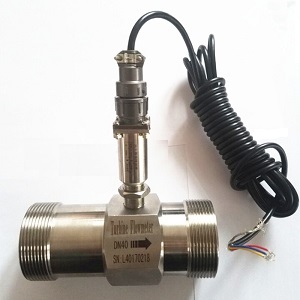
Advantages of the turbine meters
- Wide range of flow rates including low flow rates.
- The reduction ratio is up to 35:1.
- Good precision at an affordable price.
- Simple and robust construction.
- Easy to install and maintain
- Flexible connection to flow instruments for flow control.
- Large selection of process connections.
- Turbine measuring devices can be operated over a wide range of temperatures and pressures.
- The low-pressure drop across the turbine.
- It offers a convenient output signal.
Turbine Meter Limitations
- It requires constant back pressure to avoid cavitations.
- Precision negatively affected by bubbles in liquids.
- Turbine meters can only be used with clean liquids and gases (an upstream filter may need to be installed to avoid particle damage).
- Not suitable for measuring caustic liquids.
- Requires a turbulent flow profile (constant liquid velocity over the pipe diameter) for higher precision.
- Sensitive to changes in the viscosity of the liquid.
- It requires a straight tube length before and after the turbine meter to allow turbulence patterns in the flow to be derived.
- It may not work properly with highly viscous liquids where the flow profile is laminar.
